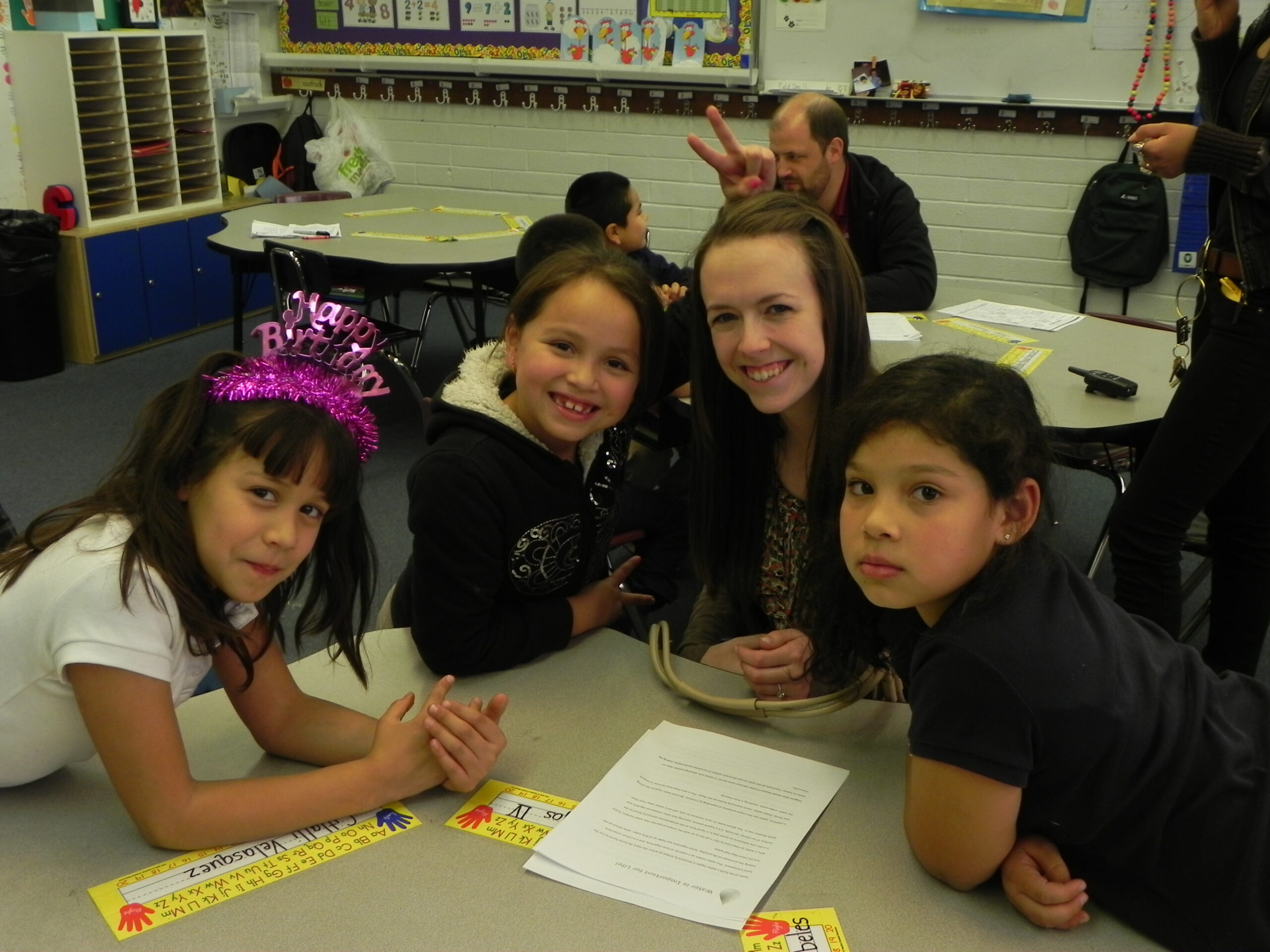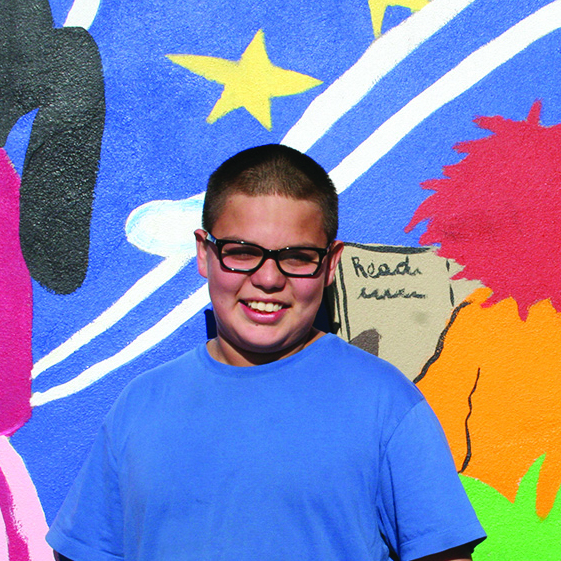by Jamie Ferdinand
Granite School District Head Nurse
United Way of Salt Lake works in community schools to align programs and resources so that kids and families have the tools they need to be successful. A community school is both a place and a set of partnerships between the school and other community resources. Its integrated focus on academics, health and social services, youth and community development, and community engagement leads to improved student learning, stronger families, and healthier communities. This year, through UWSL’s Promise Partnerships, a vision clinic was held at several community schools, allowing students to both have their vision tested, as well as have their new glasses delivered to the school – which has never happened before.

Imagine taking the same test each week for two months and failing again and again! The day he received his reading glasses though, Jonathan passed – with a perfect score.
Jonathan had been struggling with his eye sight for a long time. But going through all of the steps to get glasses – from the doctor’s appointment, to finding the right glasses, to picking them up, to paying for them – are often insurmountable barriers to families whose parents work multiple jobs, don’t have vision insurance, or don’t have accessible transportation. There are kids walking around in all our Promise schools who simply cannot see.

Schools have screened students for vision problems for a long time. But, until now, we didn’t have any place nearby to send those kids who needed glasses. This year, thanks to Promise Partner Utah Partners for Health’s (UPFH) new mobile vision clinic, we can get on-site vision appointments for the students who failed their screenings. Glasses are ordered and delivered directly to the schools for free, so there are no transportation, cost, or time barriers.
In Jonathan’s case, he was so excited to be able to go to the optometrist while at school that he skipped recess to go to the clinic. “Before I got my glasses,” he says, “I couldn’t see the board even though I sit close up. Now that I have them, I can see way better. When I didn’t have my glasses, I could never see things that my mom was showing me, but now I can see everything. And things aren’t blurry anymore. I don’t have to go close up to the book to read it. The ground doesn’t go up and down anymore at recess either.”
Congratulations, Jonathan, and to all the other
Promise students who got glasses through UPFH’s mobile vision clinic!
[1] Ethan et al. (2010) “Implementing and Evaluating a School-Based Program to Improve Childhood Vision.” Journal of School Health, 80(7): 340-345. Basch, Charles (2011) “Vision and the Achievement Gap Among Urban Minority Youth.” Journal of School Health, 81(10): 593-598. Zaba, Joel (2011) “Children’s Vision Care in the 21st Century and its Impact on Education, Literacy, Social Issues and the Workplace: A Call to Action. Journal of Behavioral
Optometry, 22(2): 22-39.
[1] Johnson, R.A.; Blair, R.; Zaba, J. (2000). “The Visual Screening of Title 1 Reading Students.”
Journal of Behavioral Ophthalmology, 4 (1): 3-6. Quoted in Glewwe, P, et al, The Impact of Providing Vision Screening and Free Eyeglasses on Academic Outcomes: Evidence from a Randomized Trial in Title 1 Elementary Schools, September 2014.
[1] Barbot, O., et. Al., “Is Failed Vision Screening A Risk Factor for Poor Academic Achievement?” ftp://ftp.successforall.org/Public/Vision/Barabot%20et%20al.pdf.
